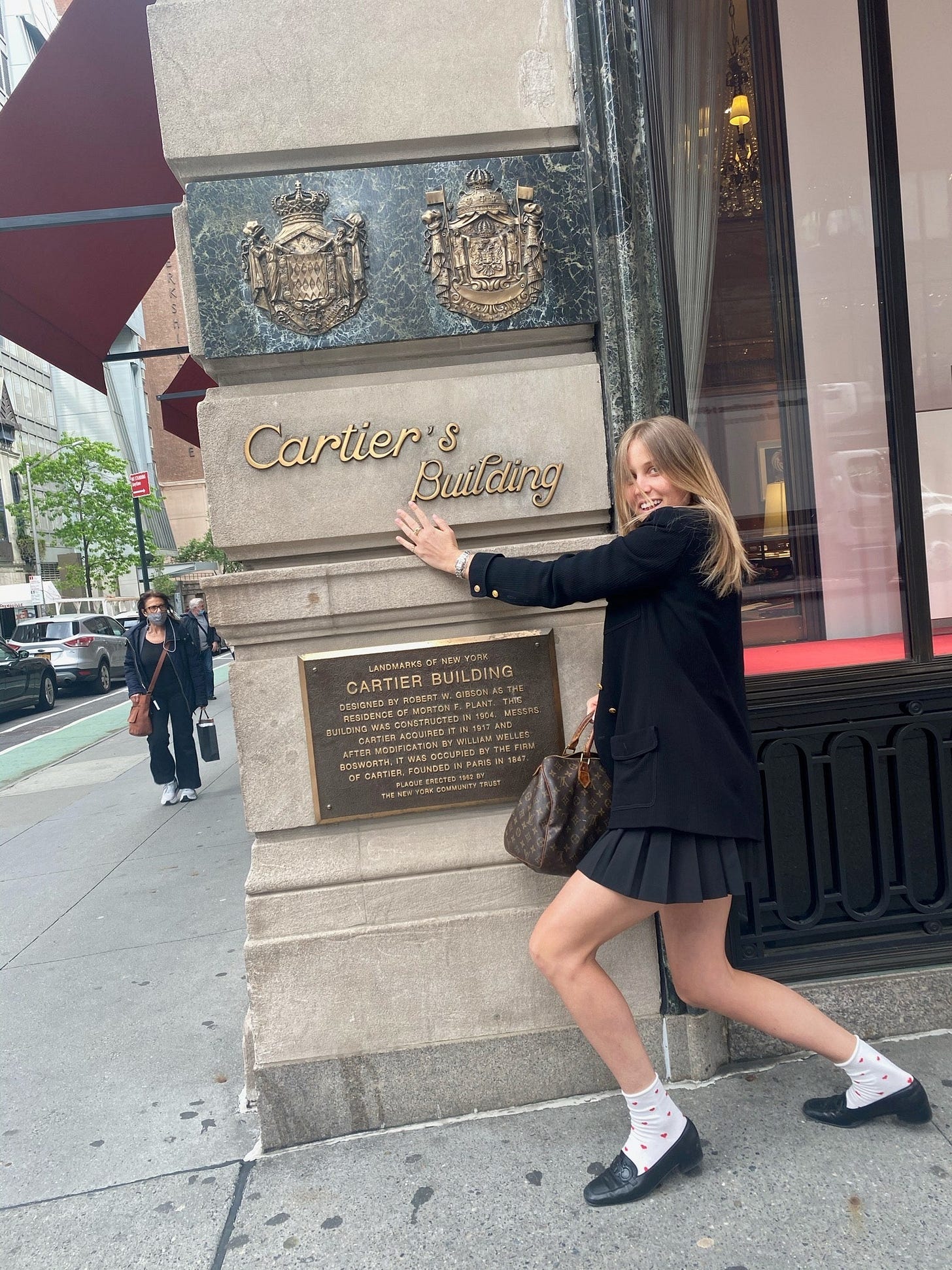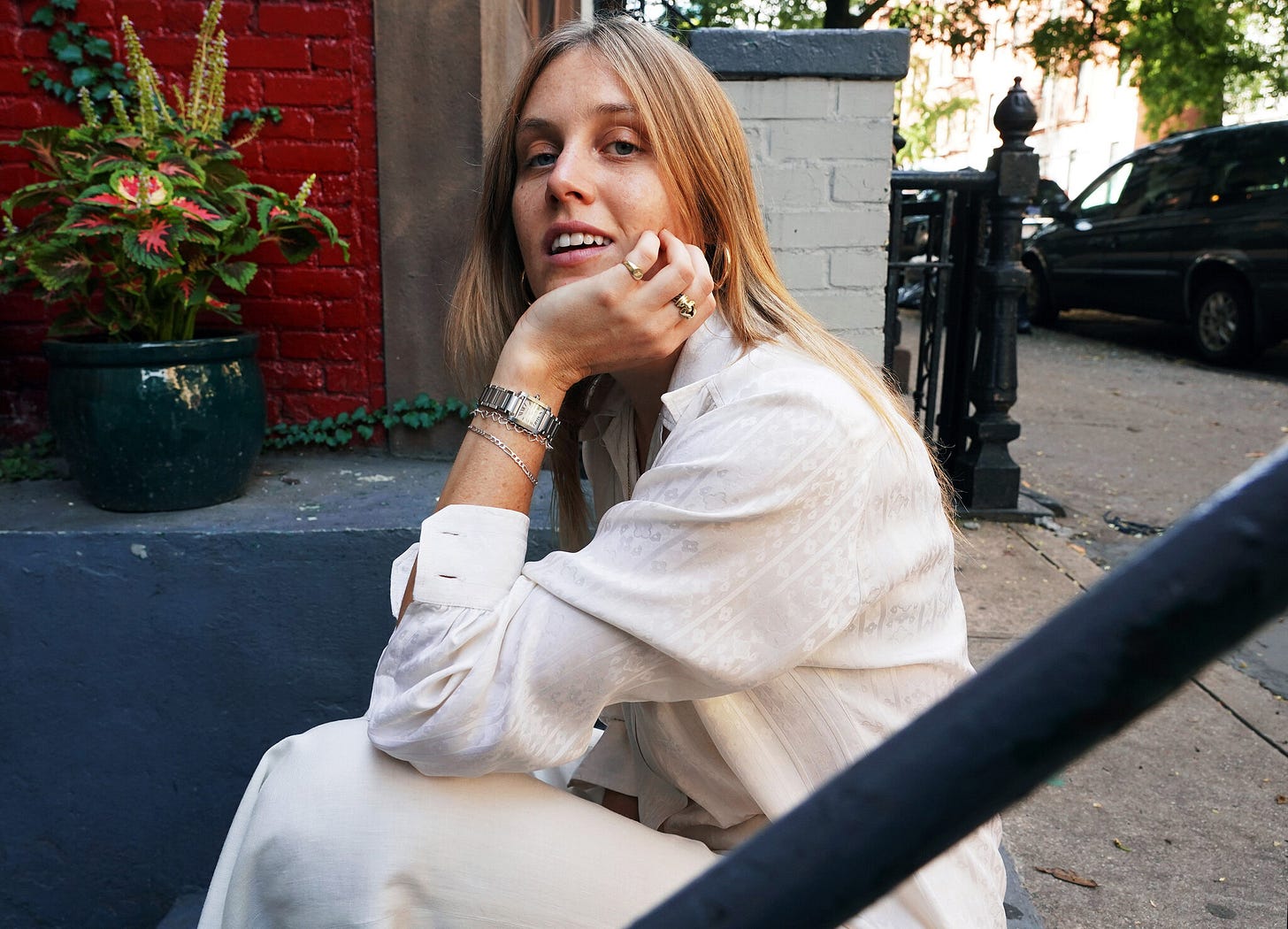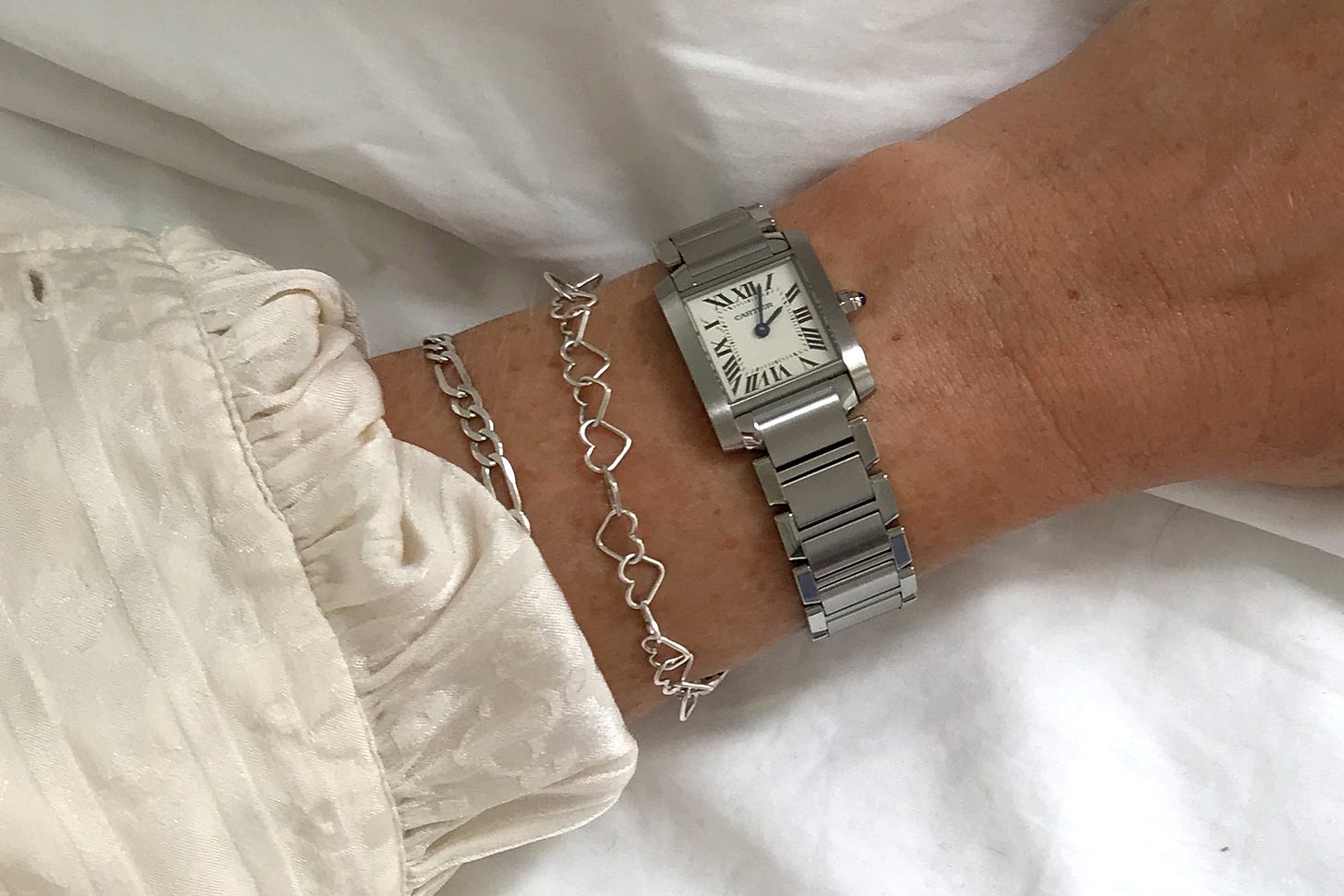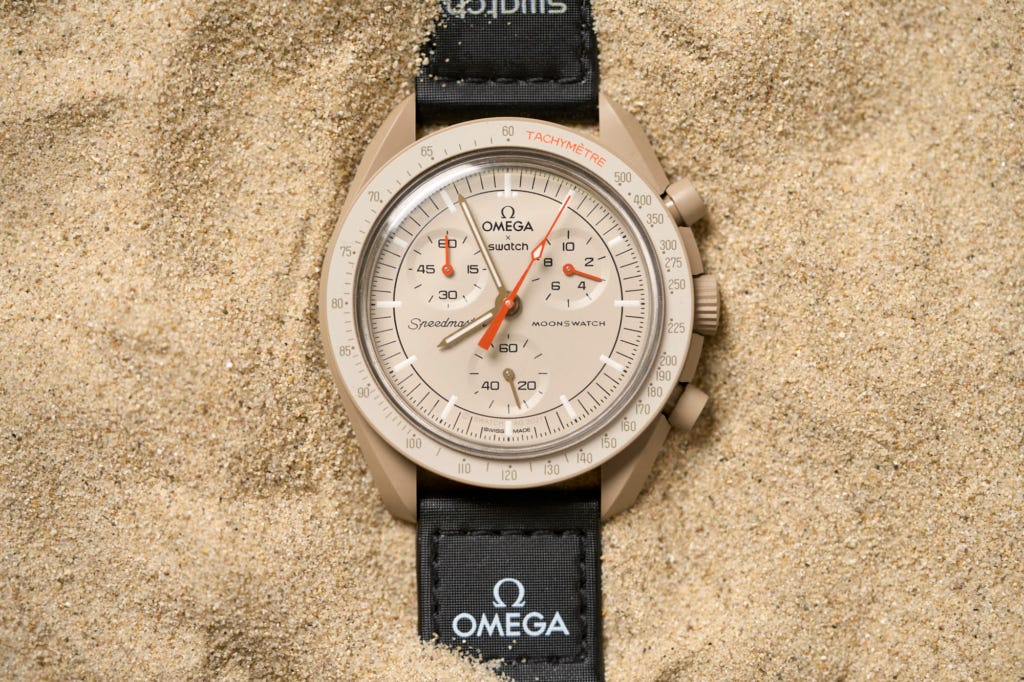Interview: DIMEPIECE's Brynn Wallner on Watch Collaborations
How Watch Marketing Strategy has Changed & Where it's Headed
AS: Starting off, I would love to hear how you became a leading voice in the watch industry and what inspires you.
BW: I learned about watches when I was working at Sotheby's in 2019. I was in the editorial department and I was working on content that was about general culture and more relevant to a newer audience for Sotheby's. The watches department saw what I was doing and tapped me to produce some content for them as well because, in the grand scheme of the auction world, watches are not as big as a David Hockney or a piece of Chippendale furniture... They're smaller objects; they're relatively more accessible than a lot of fine art and more prone to be sold online – so certain types of stories make sense for that category. Working in depth with that department, I realized that I had a very organic inclination to watches. Sotheby’s wound up letting me go the day New York shut down for the pandemic, and I eventually started the Instagram account for Dimepiece in September 2020 because I had a lot of time to think. I got a following pretty quickly because nobody was really talking about watches in the way that I was. Harper's Bazaar tapped me to be a watch columnist, so it led to more writing jobs. Eventually I launched the website in Spring 2021, and it all just kind of snowballed. It still is. I feel like it has a lot of potential that I haven't really tapped into yet, but I'm just enjoying the ride.
AS: What you’re doing is incredibly impactful and you quickly became one of my favorite accounts on Instagram. I forgot to start by asking what’s on your wrist?
BW: Nothing right now. When I work from home, I usually don't put myself together, and putting a watch on at the end of the day is like a little treat once I’ve showered and finished all my work.
AS: Before talking about collaborations in particular, how important is product storytelling in the watch industry?
BW: I think it's really important because a lot of people go into the category not knowing much about it. So the onus is on the brands to tell the story and explain why they are so enticing, especially within the context of the price point, which is often higher than a lot of luxury items. What we see is a lot of flat advertising, like in a magazine. If you're not a watch person, you don't even know what you're looking at here. I think that since I had never been into watches before, it was in part due to the fact that the marketing was uninspiring. Since 2020, it's become almost like crowdsourced marketing where it's the people who love them that are telling the stories versus the brand… And now the brands are trying harder to keep up.
AS: You bring up a great point about the perspective and point of view in storytelling. How do watch collaborations differ from clothing collaborations?
BW: I feel like clothing collaborations are definitely a marketing play and there's a kind of obviousness of if we put these two brands that are kind of different together, our audiences will overlap and it will just have that much more reach. Fashion has been doing collaborations for so long and it's so baked into the industry at this point that it's like, maybe there's more license to get creative on their behalf, or maybe the complete opposite. Whereas in watches, it feels more novel.
AS: That’s what I thought made the Moonswatch so exciting and such a win for the larger industry.
BW: With the Moonswatch, I thought that that was really exciting because watches are such an unattainable category for most people. It's funny because I talk about watches all day. I have a podcast, I have an Instagram, I talk to others about watches, and most of the watches that I look at and talk about and write about, I'm never going to own them, ever. I don't own a Royal Oak, and I talk about the Royal Oak all the time. In that sense, a lot of people who are into watches are into them in a way that's very abstract. So when I saw Omega and Swatch collaborating, I thought it was really exciting because it was a higher end luxury brand and it was Swatch, which is accessible, and it gave people an opportunity to be a piece of the watch universe in a very tangible way. I think when you're a lower price brand or more mass market, you do have more creative license.
AS: What do you consider a good collaboration and what qualities do you look for?
BW: I think a good collaboration is one that truly makes sense for both of the brands and it's not so transactional. Consumers these days hold a very high standard because of social media, because everybody engages in discourse and articles and everybody has a platform. We've all developed these opinions on things. So what I'm looking for is kind of integrity in terms of, like, why are we partnering? Does it make sense? Is there a genuine need for this, or is it just marketing?
AS: We’ve seen the watch industry collaborate with comic books, movies, automotive and more. Which other industries do you think are a natural fit for the watch industry for collaborations?
BW: I would like to see more fashion brands. Fashion brands try really hard to push their watches, and they're categorized as “fashion watches.” I think a lot of the fashion brands try really hard to be like, this is Swiss made. What does that really mean? I don't see harm in a fashion brand working with a watch brand on something that's, like, of the caliber of the Swiss craftsmanship that we’re accustomed to seeing in the higher end brands. Patek and Tiffany did it, but maybe something a little less hardcore than that, where it's not a limited edition of 175 sold at auction and to private clients. Maybe something a little bit more accessible, but that has a clear DNA of the fashion house's vision baked into it.
AS: Some of my favorite watches of all time are the Ralph Lauren mainline collection. I got to see them in person and absolutely loved them. They were equally aesthetically and mechanically impressive which was really refreshing.
BW: I’m friends with Alan Bedwell (aka @foundwell) who is an antiques and vintage watch dealer. We sell a curated selection together, too. He worked with Ralph’s watches department for 10 years, so I’m sure his impact is still there!
AS: You can clearly see that a lot of thought and understanding went into those pieces which make it so special. As a watch company, do you think collaborations are necessary for survival?
BW: I don't think so. I think it's more that collaborations in the context of the watch industry are more of a gesture. Like with the Omega and Swatch, it was a gesture to bring a wider audience into the world of higher end watchmaking. That was something that they didn't need to do, but they did it and it was a huge success. The beauty of this industry is that most of these brands have been around for like, two centuries and they have transcended trends. They have transcended the smartphone, the Apple Watch, and digital watches. I think it's a testament to the watch industry's steadfast adherence to its heritage and each watch brand's vision. They don't need to follow the trends because if they do, then people will be fatigued and then it'll just be like fashion. I think that there's room for more creativity in this particular period of watchmaking and people are fatigued with some things but we’re on the precipice of a new kind of wave of creativity.









